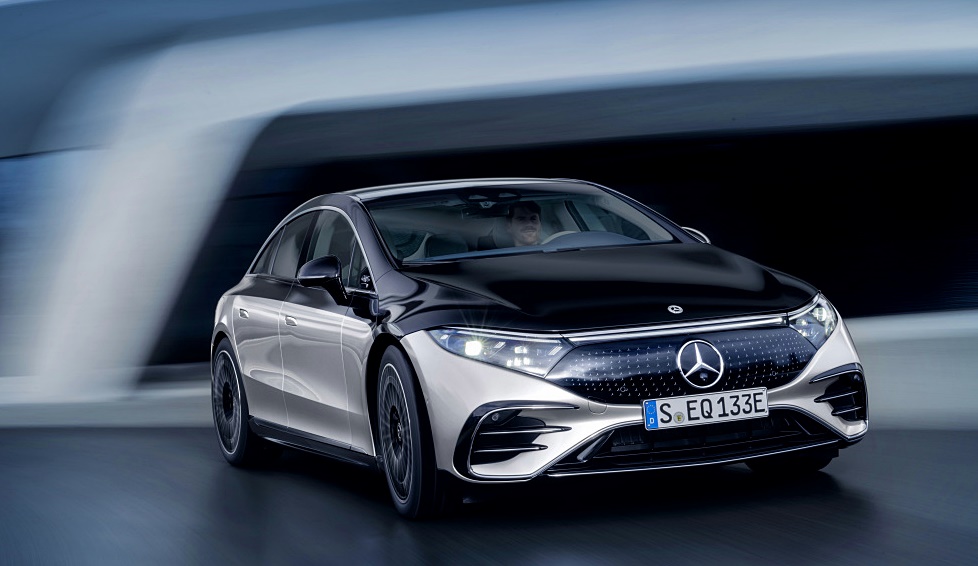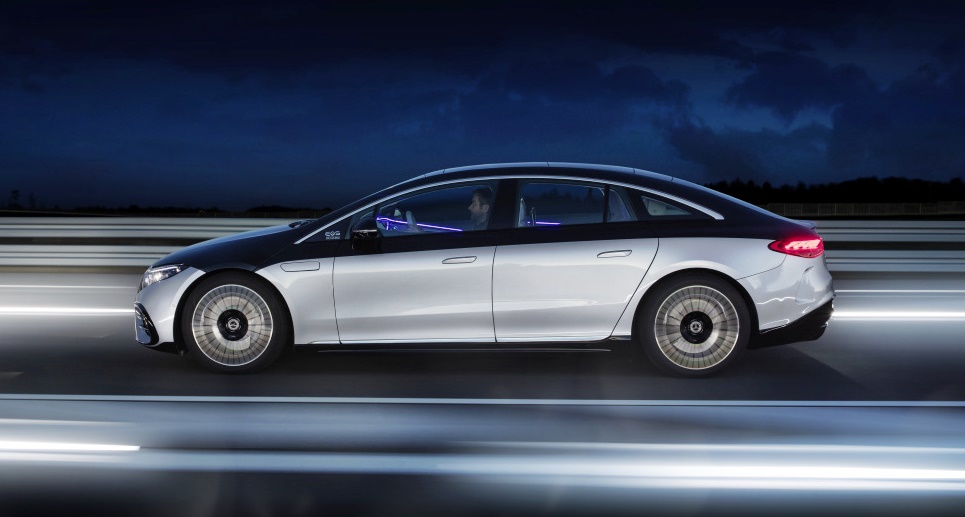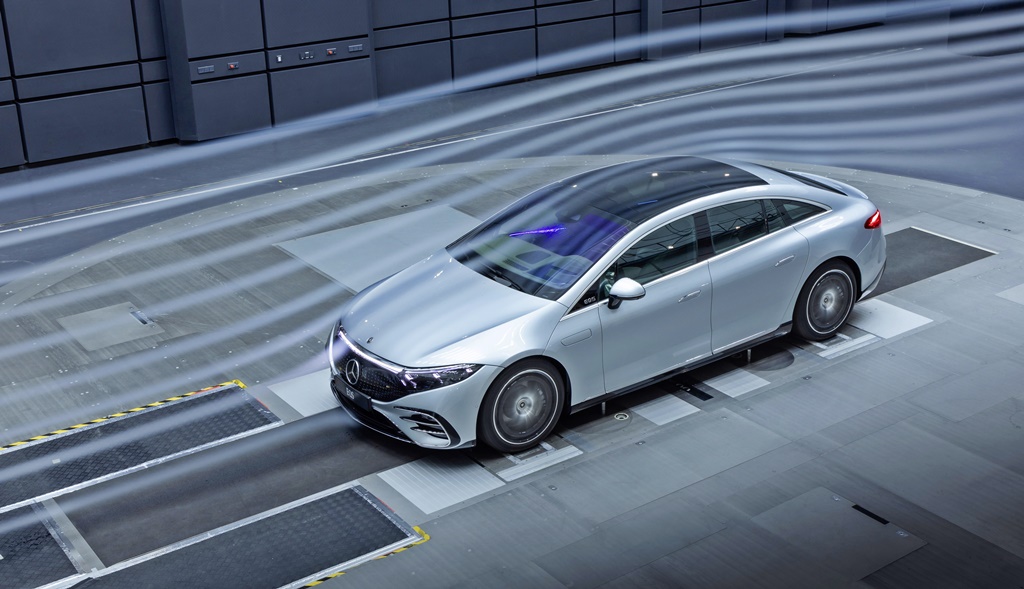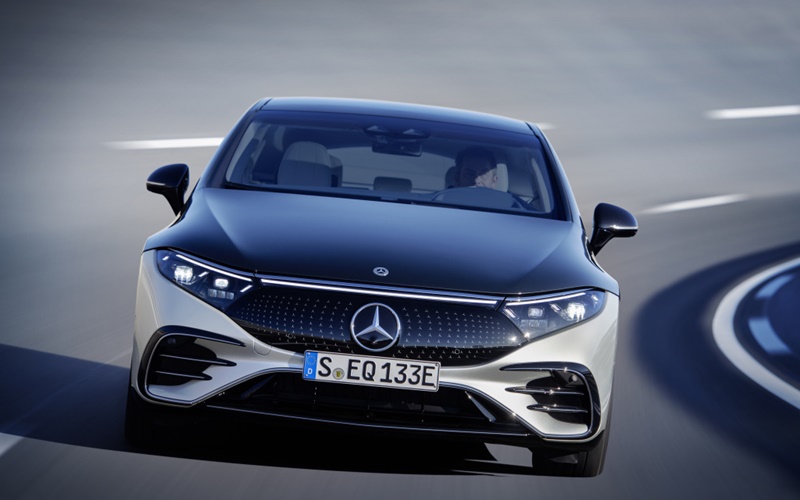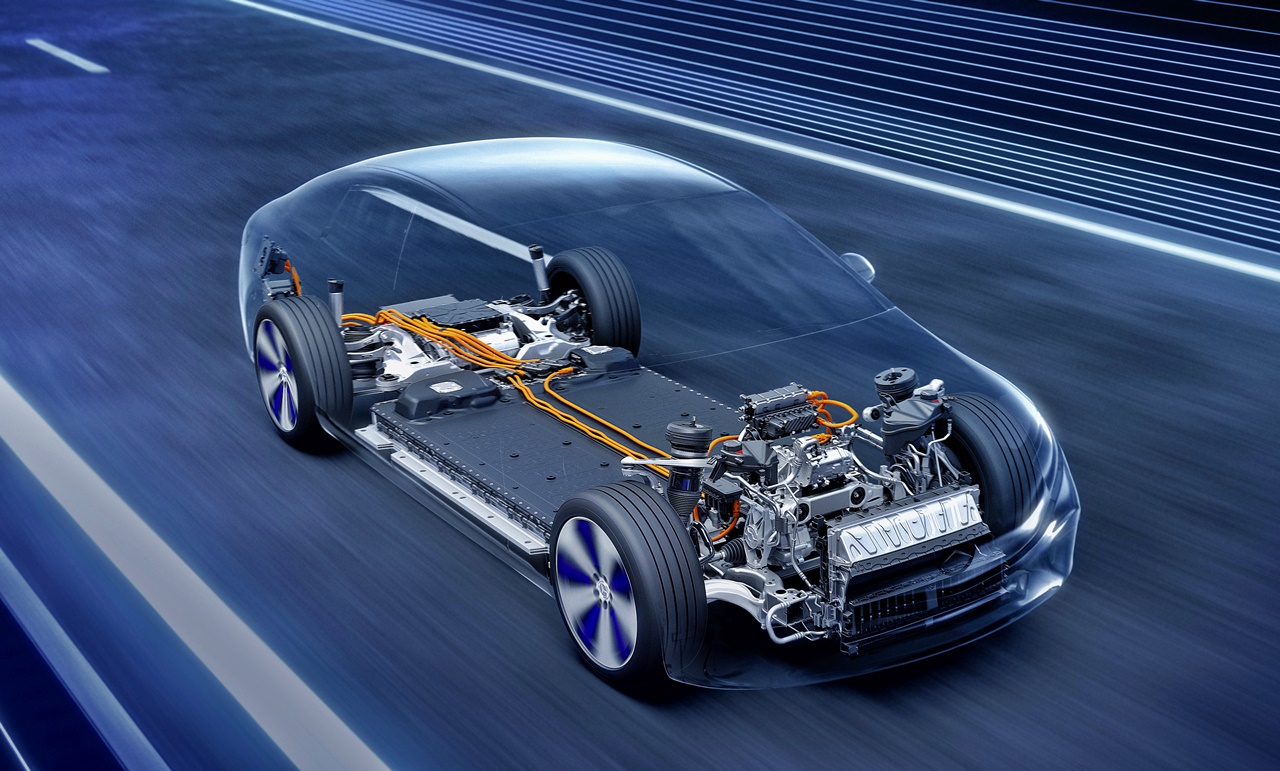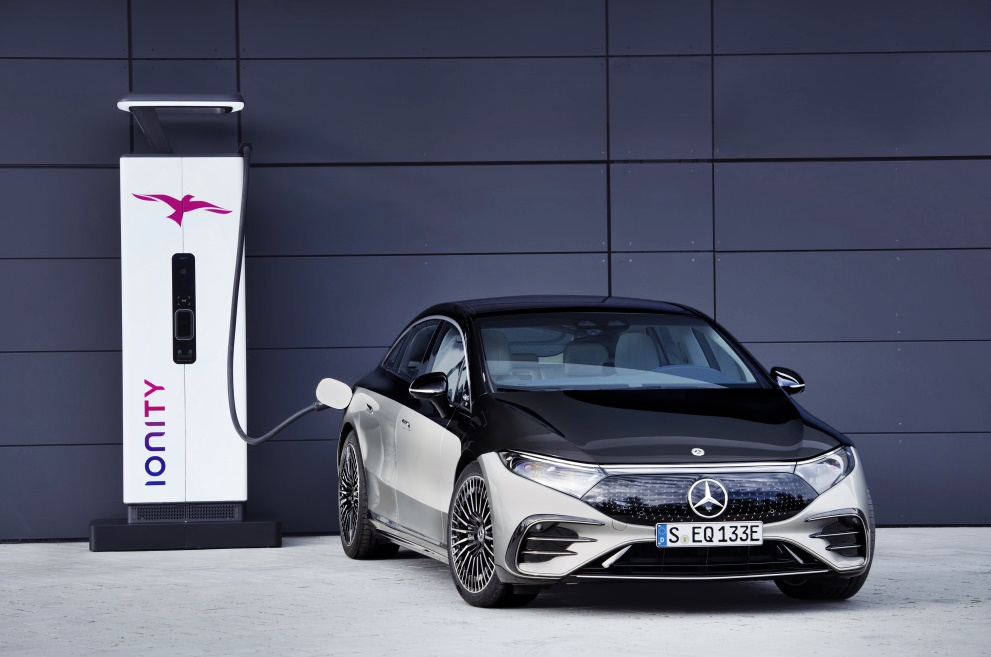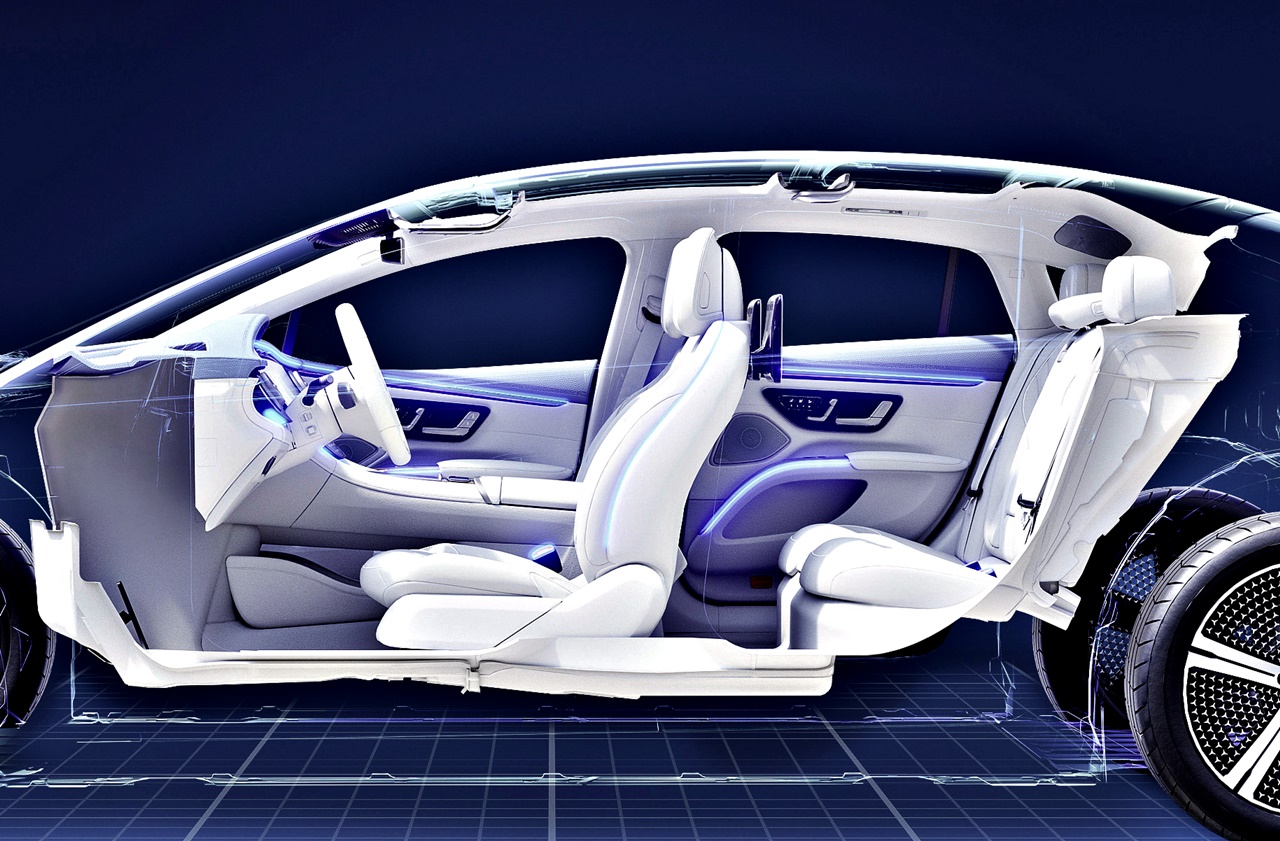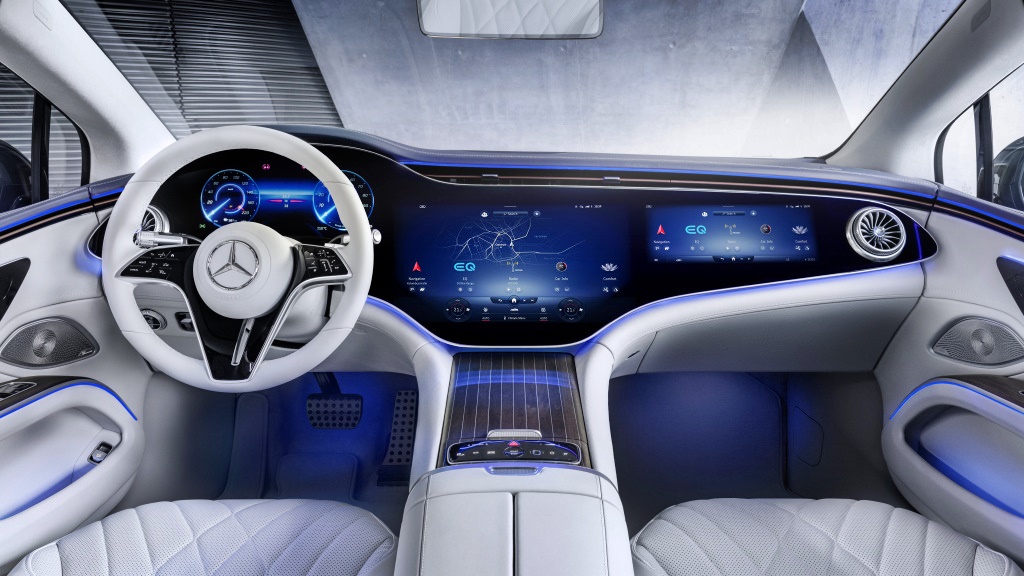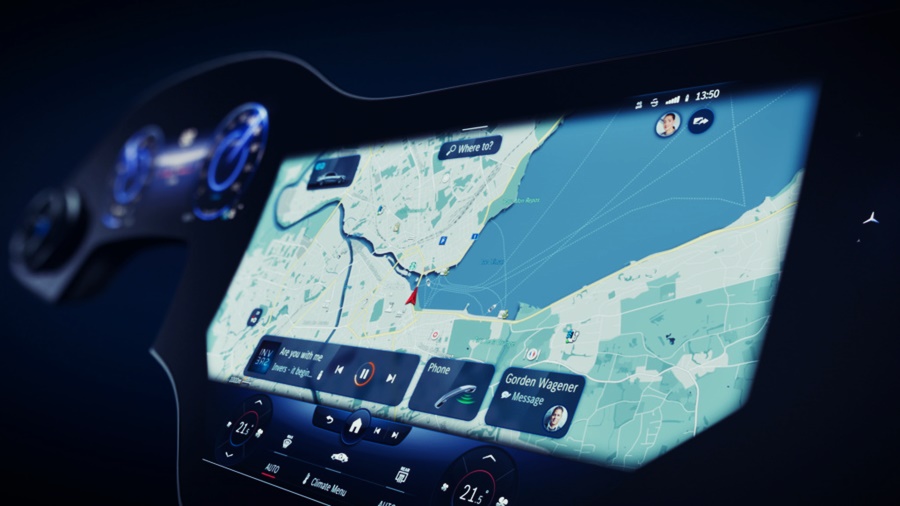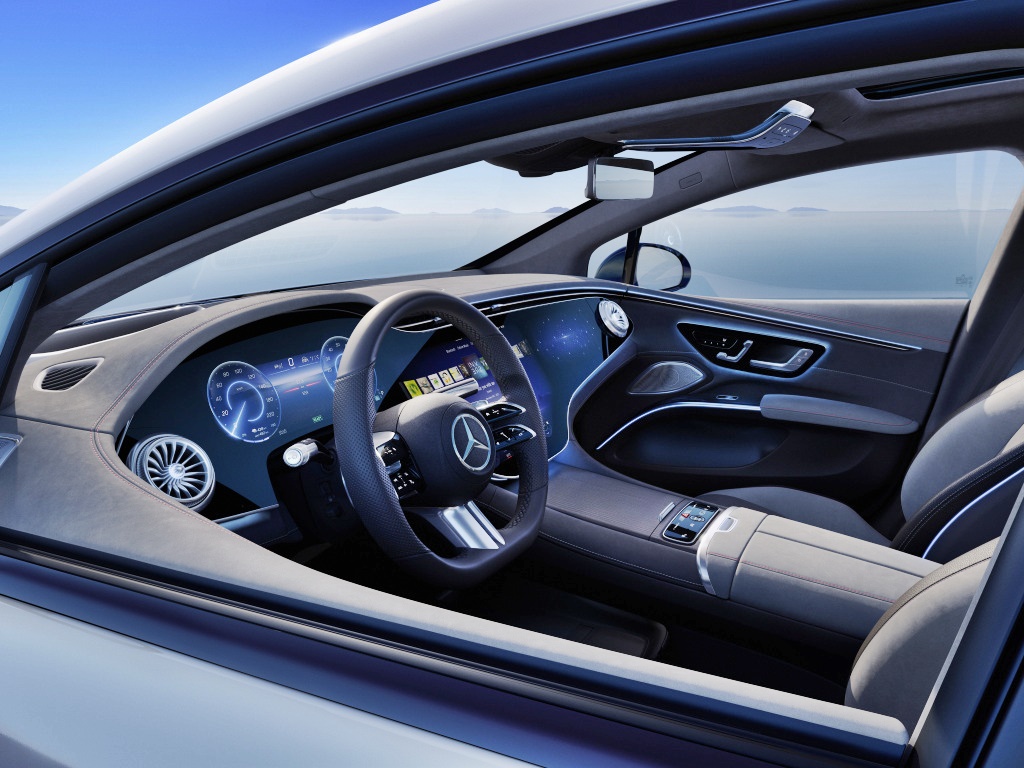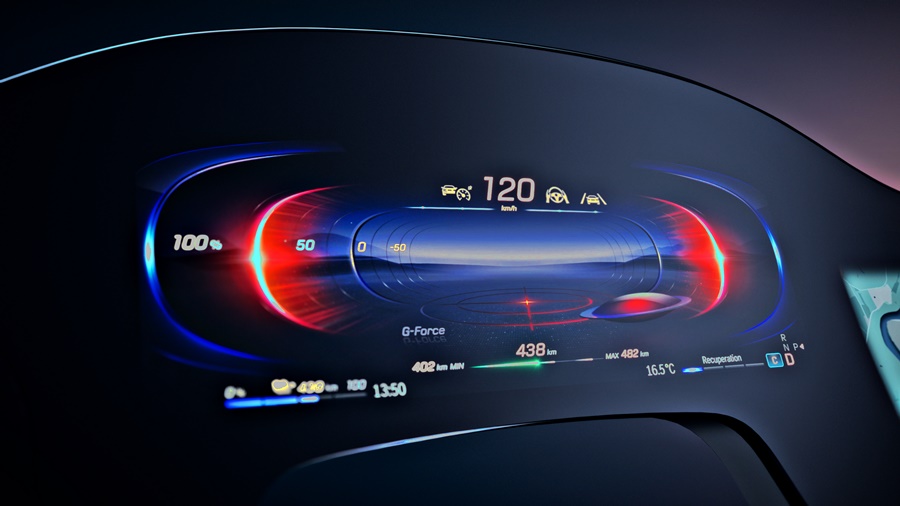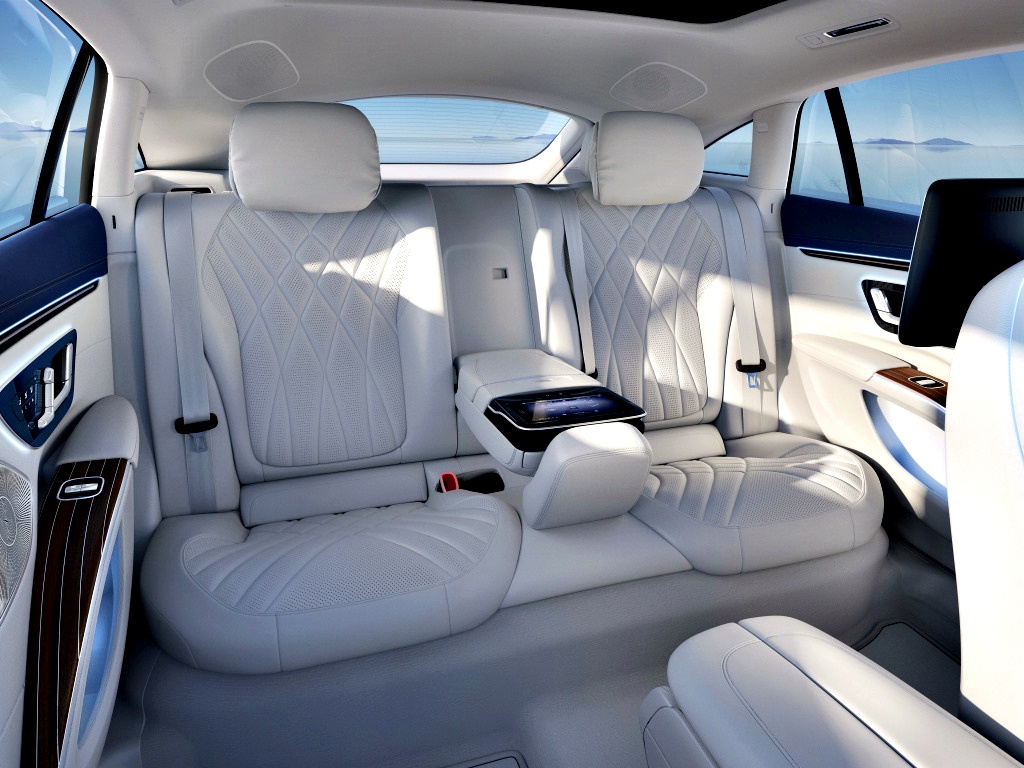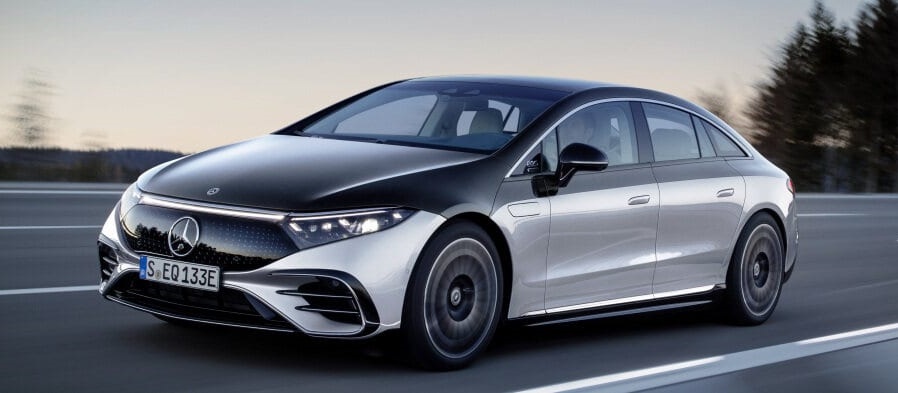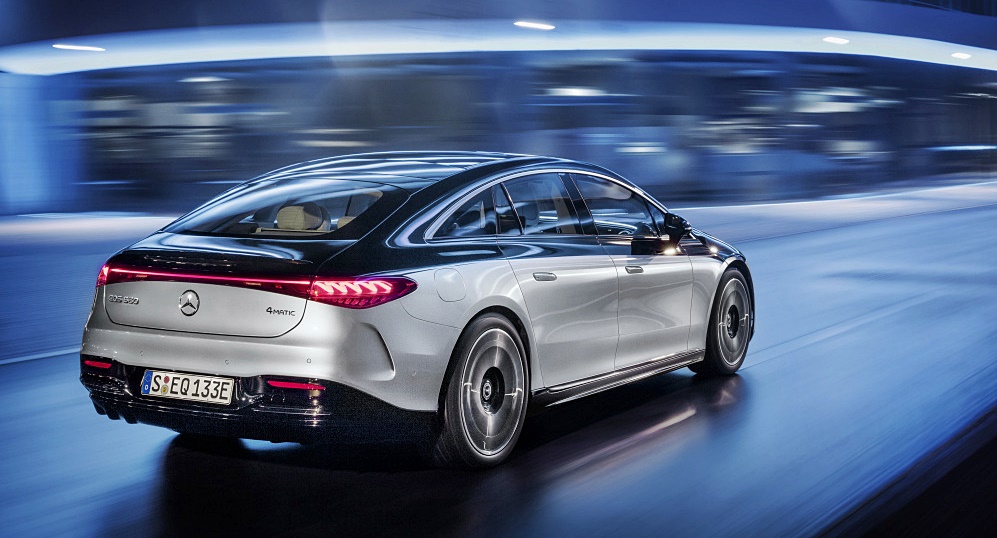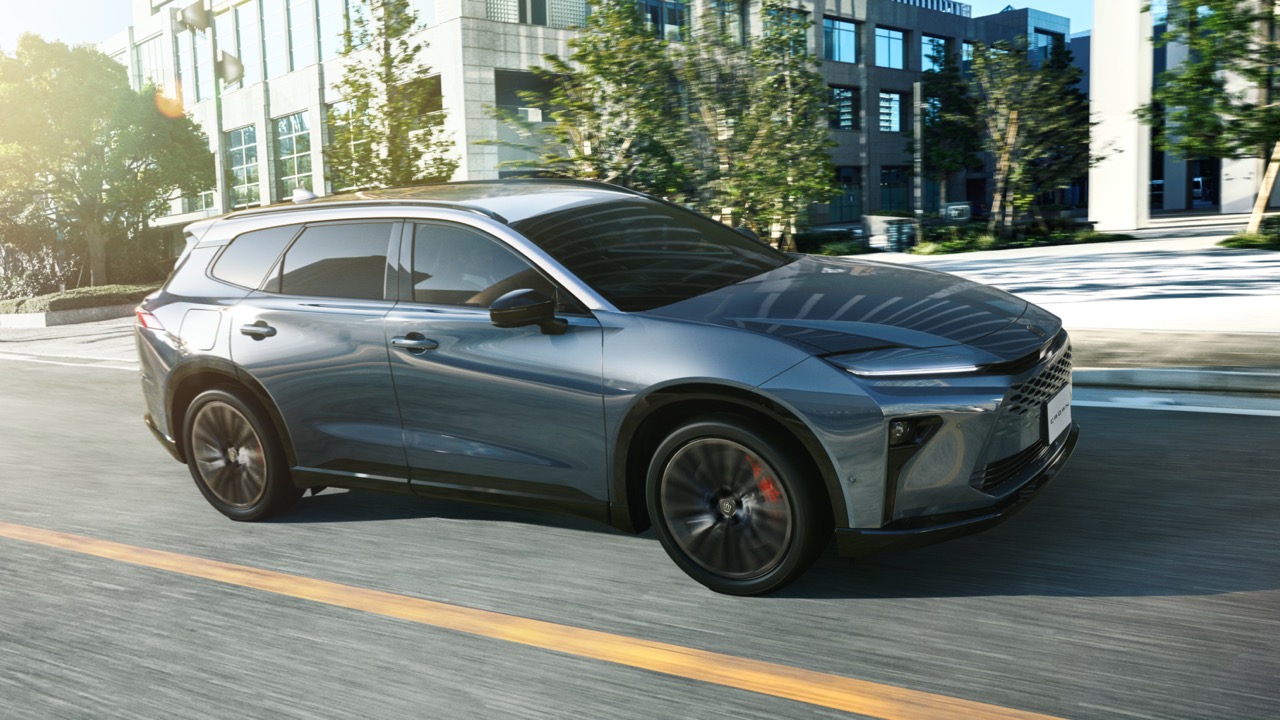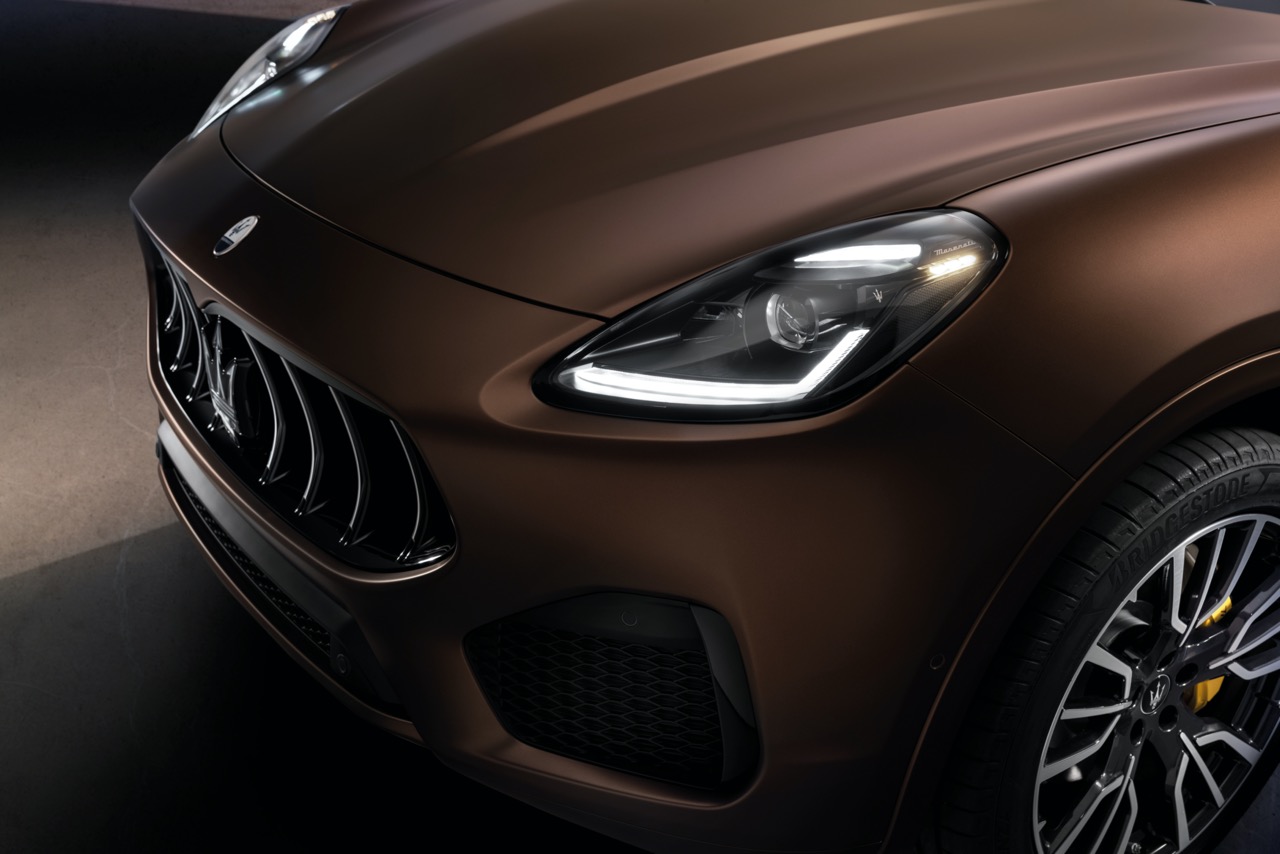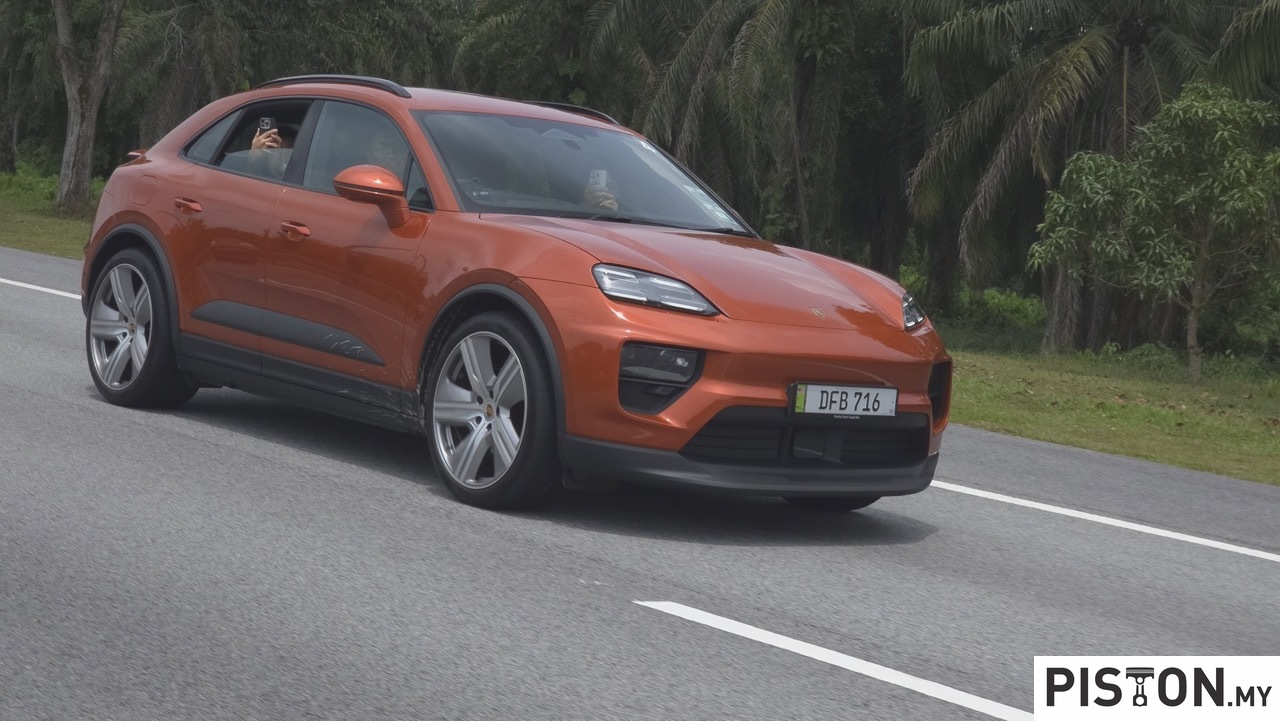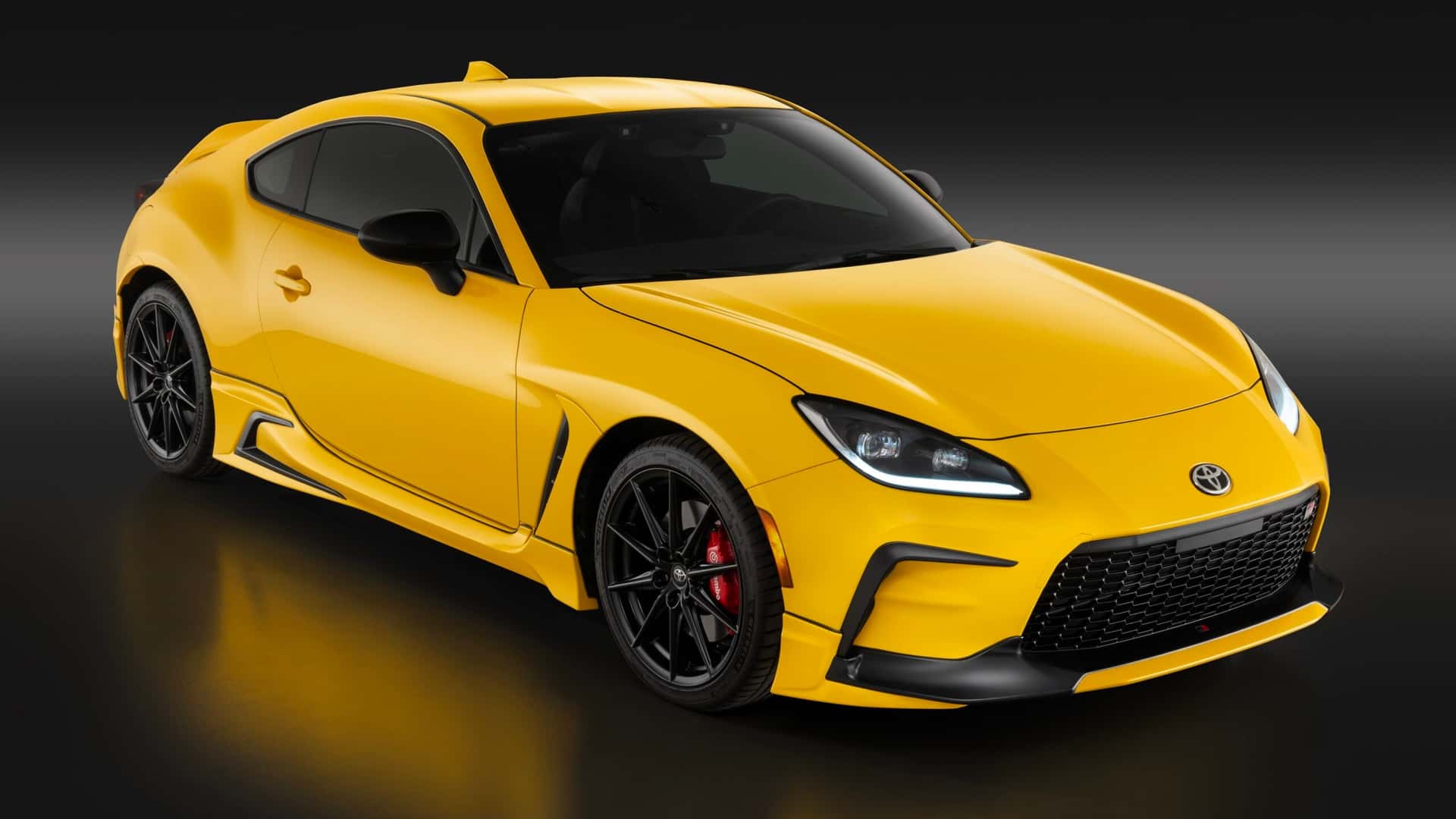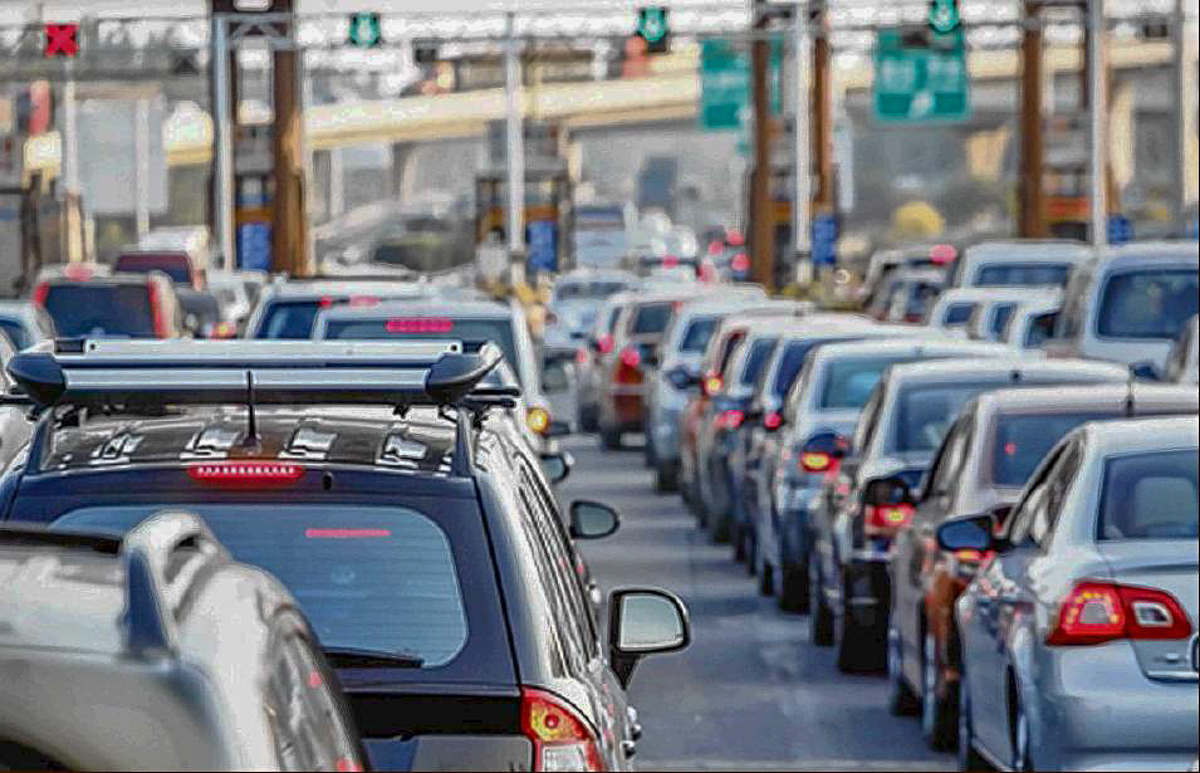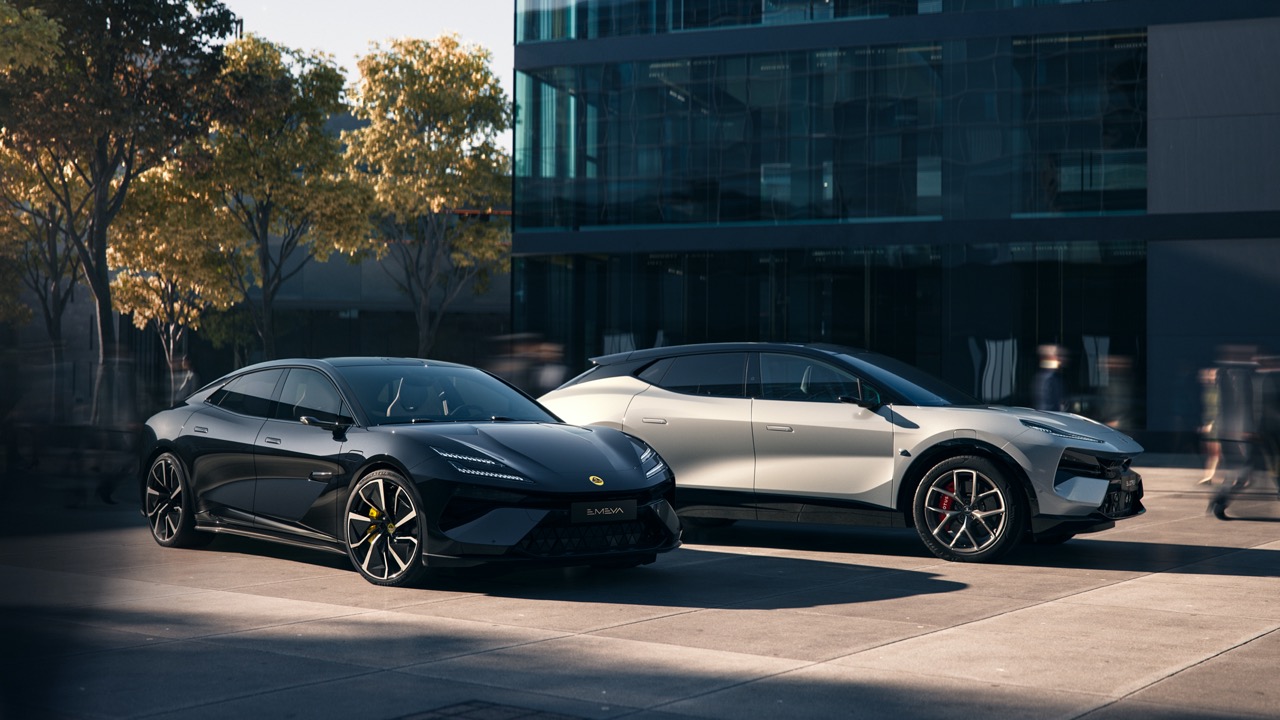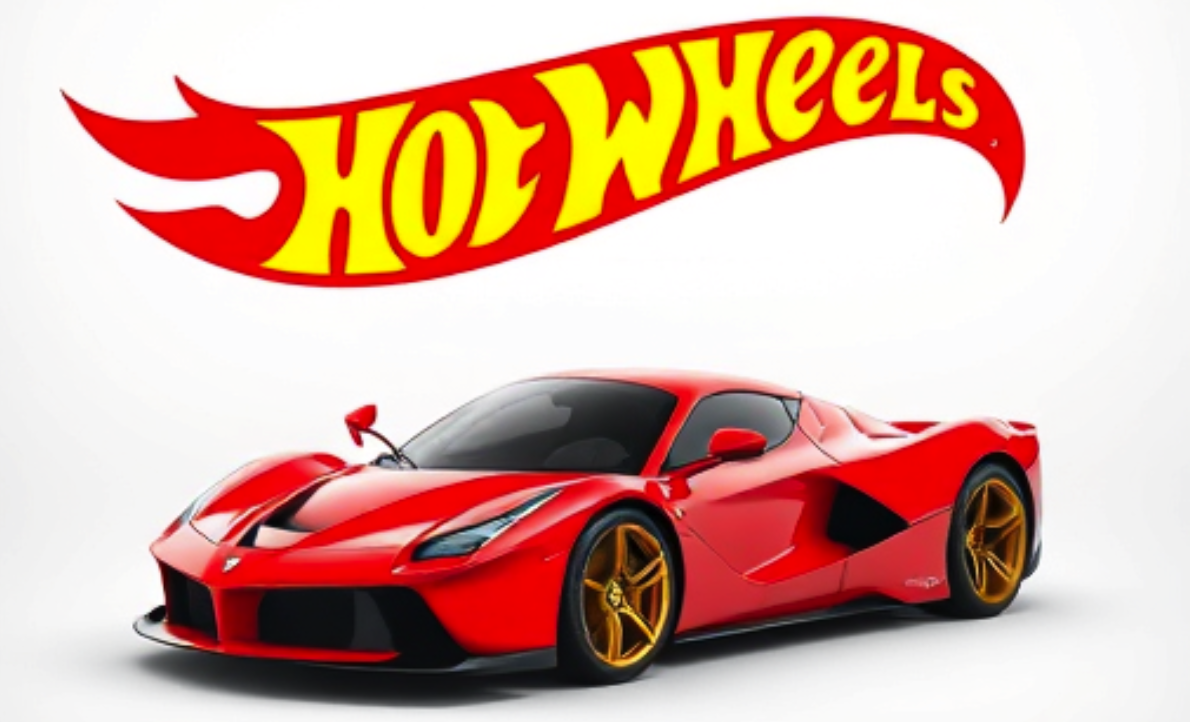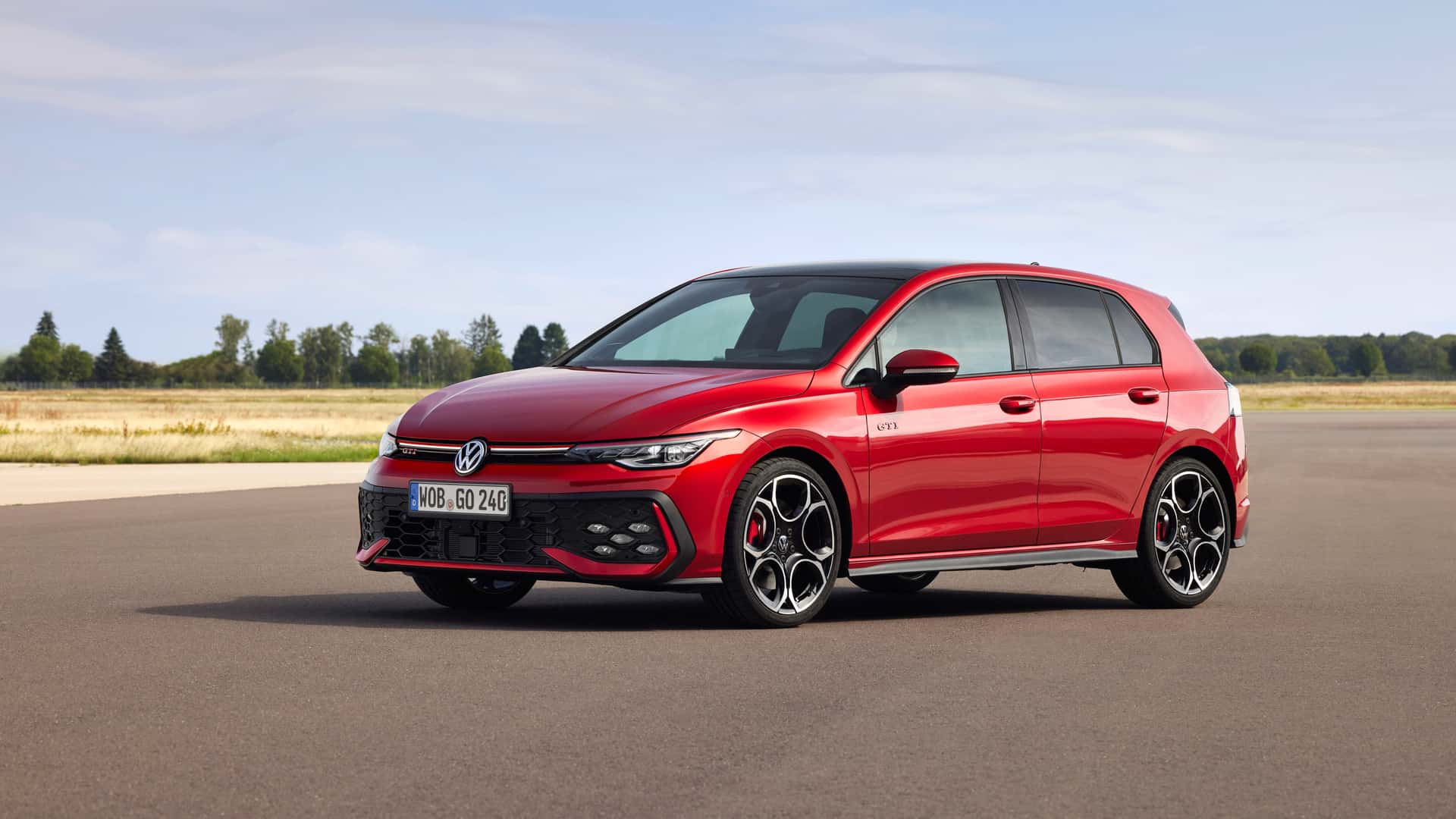Electrification of product lines has picked up speed in recent years, partly because of tougher regulations in Europe. With the future clearly being electric, many companies are preparing their future zero emission product ranges to cover as many segments as possible, from bottom to top. Even Rolls-Royce and Bentley have plans to offer all-electric models eventually and are certainly developing them now.
But Mercedes-EQ (the EV brand for Mercedes-Benz) is ready with its luxury limousine that runs only on electricity with a flagship model designated the EQS. This is the first model to be based on the modular architecture for luxury and executive-class electric vehicles and will initially be available in two variants – EQS 450+ and EQS 580 4MATIC. These will be the S-Class of the electric range, the beginning of a carbon-neutral new car fleet that will be completed over the coming 20 years.
With the need for minimum air resistance to overcome, it’s not surprising that the designers have brought the CD value down to 0.202, even with a large form that the EQS has. It’s the most aerodynamic production car in the world now, and this superior efficiency benefits many aspects – operating range, quietness and stability at high speeds.
Related to S-Class but different too
Although the EQS is a close relative of the new S-Class, it is built on an all-electric architecture. This completely new concept made a rigorous Purpose Design possible: with its one-bow lines and cab-forward design with fastback, the EQS is clearly distinguishable from vehicles with combustion engines even at first glance. The design philosophy employs generously sculpted surfaces, reduced joints and seamless transitions between surfaces.
The front is combined into a ‘Black Panel’ unit with innovative headlights connected by a light band and the deep black radiator grille (Black Panel) to form the distinctive ‘face’. The exclusive look of the Black Panel radiator grille with central Mercedes star can be enhanced still further: as an optional extra they are also available with a three-dimensional star pattern. The design picks up on the original star of the Daimler-Motorengesellschaft company, which was registered as a trademark in 1911.
770 kms range, up to 560 kW of power
Being an EV, much interest will naturally be on the powertrain. With claimed ranges up to 770 kms and an output of up to 385 kW (524 ps), the powertrain of the EQS provides appropriate performance levels that would be expected of a model as the same level as the S-Class. A performance version with up to 560 kW (762 ps) is being planned. Torque levels are 568 Nm and 855 Nm and peak torque can be expected from takeoff, as is the characteristic of electric motors. All EQS models will have an electric powertrain (eATS) at the rear axle, while the versions with 4MATIC also have an eATS at the front axle.
The EQS marks the launch of a new generation of batteries with significantly higher energy density. The larger of the two batteries has a usable energy content of 107.8 kWh. Recharging with a power supply of up to 200 kW at fast charging stations with direct current can provide 300 kms of range within 15 minutes. At home or at public charging stations, the EQS can be charged with up to 22 kW AC using the on-board charger.
The huge MBUX hyperscreen
Having dedicated architecture has enabled the interior designers to package the cabin with new approaches that are not constrained by traditional structures used for models with combustion engines. The advanced appearance has the MBUX Hyperscreen as the absolute highlight in the interior. This large, curved screen unit sweeps almost from A-pillar to A-pillar, with three screens under a cover glass appearing to merge into one.
With adaptive software, MBUX adapts completely to its user and makes personalized suggestions for numerous infotainment, comfort and vehicle functions. With the zero layer, the most important applications are always offered on the top level within the field of vision, according to situation and context.
A new feature of the EQS is a visualization in the MBUX showing whether the available battery capacity is sufficient to return to the starting point without charging. Charging stations along the route that have been added manually are given preference in the route calculation. Proposed charging stations can be excluded. The estimated charging costs per charging stop are calculated.
Navigation with Electric Intelligence plans the fastest and most convenient route, including charging stops, based on numerous factors and reacts dynamically to traffic jams or a change in driving style, for example.
Over-The-Air updates
The EQS is the first Mercedes to offer the option of activating completely new vehicle functions via over-the- air updates (OTA) in many functional areas. Available from launch will be two special driving programs for young drivers and service staff, some little games and the demo program ‘The Best or Nothing’.
This means that, following the purchase and the initial new-car configuration, some of the features of the EQS can be adapted according to personal preferences. It will also be possible to unlock the rear axle steering with the larger steering angle of ten degrees. In addition to the classic purchase of individual functions, subscriptions, temporary activations and free test phases are also planned.
Exceptionally intelligent car
As an exceptionally intelligent car, the EQS has up to 350 sensors, depending on the equipment installed. These record distances, speeds and accelerations, lighting conditions, precipitation and temperatures, seat occupancy as well as the driver’s blink of an eye or the passengers’ speech. This wealth of information is processed by control units that, controlled by algorithms, make decisions at lightning speed. So they are the ‘brain’, so to speak. The new EQS can expand its capabilities based on new experiences, because it is highly capable of learning thanks to artificial intelligence (AI).
The sensors also monitor the vehicle’s surroundings, with parking systems can help the driver with maneuvering in many areas. The driver can park and unpark the car via smartphone using Remote Parking Assist. With the pre-installation for the INTELLIGENT PARK PILOT, the EQS is prepared for Automated Valet Parking (AVP, SAE level 4).
With the optional DRIVE PILOT, the EQS will be able to drive in conditionally automated mode at up to 60 km/h where traffic density is high or in tailbacks on suitable motorway sections, initially in Germany. By relieving the pressure on the driver, the system enables him or her to undertake secondary activities1 such as browsing on the internet or dealing with emails in the In-Car Office, and so gain extra time.
Mercedes-Benz EQC goes into production – First all-electric Mercedes




